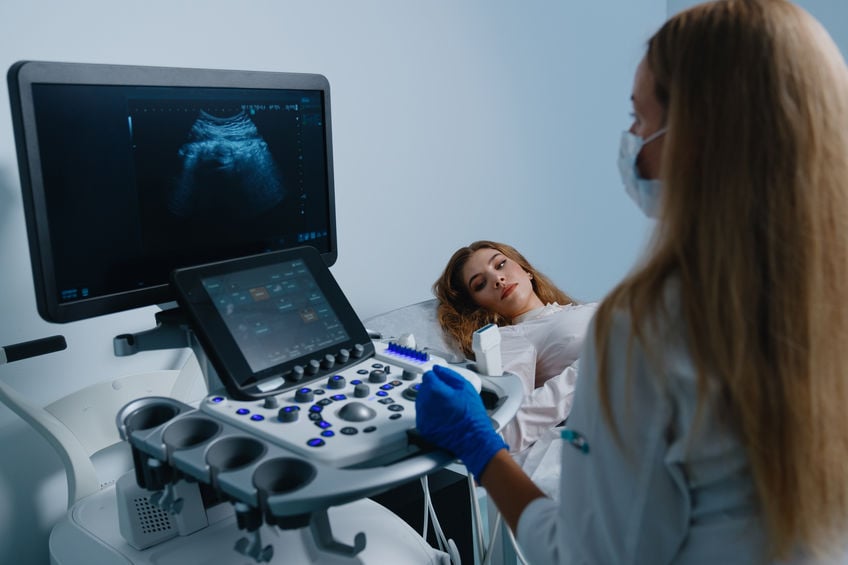Comparing Embryo Ages
During in vitro fertilization (IVF), medications are used to stimulate the ovaries to produce multiple eggs. Once retrieved, the eggs are combined with sperm to make embryos. The embryos mature in a lab before being transferred back into the woman’s uterus. Most patients undergoing IVF will be given the option to transfer the embryo on Day 3 or Day 5. Does waiting until Day 5 improve the overall success rate of the IVF procedure?

Multiplying cells
By combining an egg with sperm in the lab, a single-cell embryo can be created. Over the next few days, the cell continues to divide and multiply. On Day 3, a normally growing embryo will have 6-10 cells. On Day 5, the embryo is now called a blastocyst and consists of 70-100 cells. To ensure that the uterus accepts the embryo, most fertility specialists recommend transferring no later than Day 5 for the best shot at success.
Choosing Day 3
In some situations, the fertility clinic will recommend the embryo be transferred on Day 3. An earlier transfer may offer benefits when there are fewer good-quality embryos to select from. The main advantage of a Day 3 transfer is that the embryo can be placed in the uterine environment earlier. Outside of the petri dish, faster growth can occur due to the improved nutritional environment offered by the mom.
Waiting for Day 5
Research shows Day 5 embryos are stronger and have a higher implantation and pregnancy rate. By waiting 2 extra days, the fertility clinic can spend more time determining the best embryo to transfer. This is done by watching the embryos grow in the lab to see which is strongest. An embryo grading system can be used on Day 3 or Day 5 embryos, but Day 5 assessments are more complex. The embryologist will look at the amount the blastocyst has expanded and the quality of the inner cell mass and trophectoderm epithelium. The assigned grade can help determine the best embryo to transfer.
Time for genetic testing
Since more time is available, Day 5 embryos can be genetically tested by removing just a few cells. Genetic testing can reduce the risk of transferring an embryo with a chromosomal abnormality. Miscarriage risk is also reduced in embryos that undergo genetic testing. Waiting 2 extra days can provide much more information about the baby’s future health.
Worth the wait
Day 5 embryos are bigger and stronger than Day 3 embryos. By waiting an additional 2 days, the chances of successful implantation are improved. After struggling with infertility for years, many patients are understandably eager to transfer. However, with a bit of patience, a Day 5 embryo may be more likely to result in a confirmed pregnancy and healthy baby.





